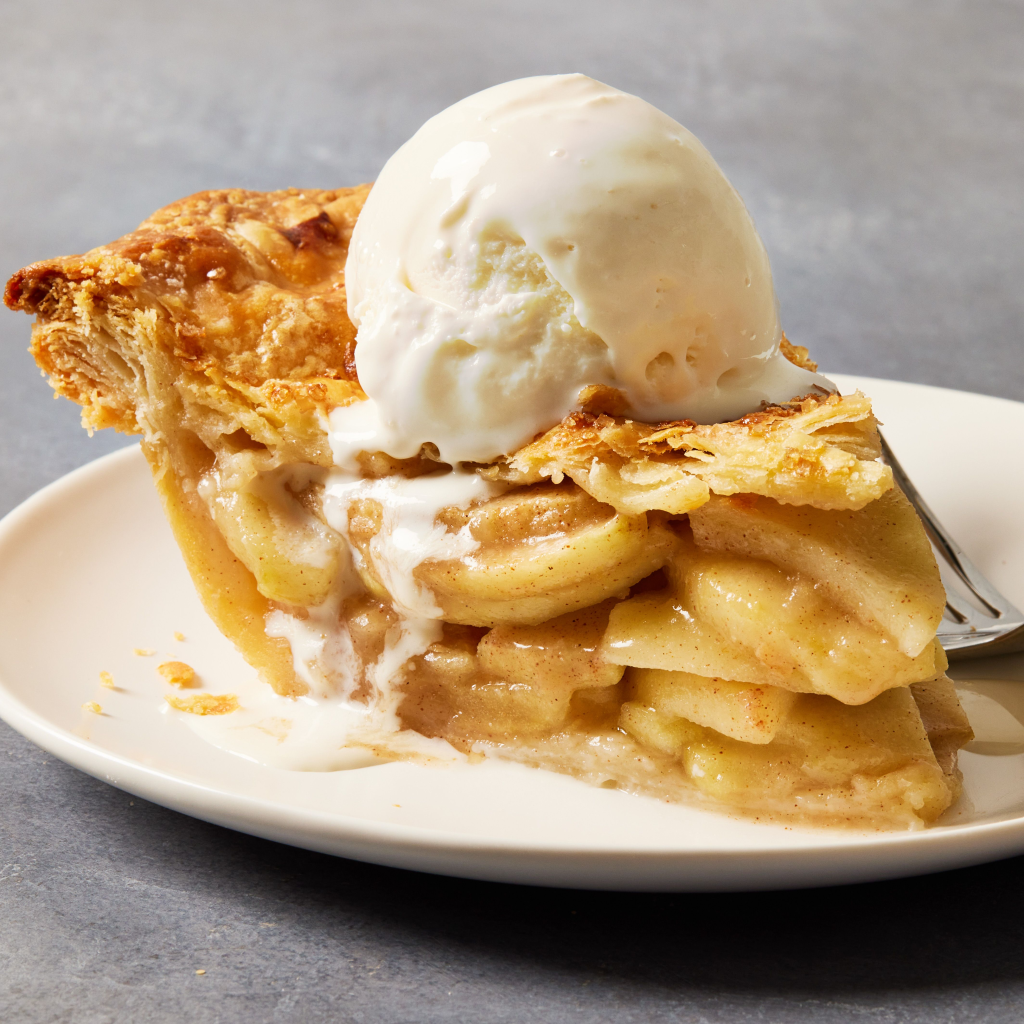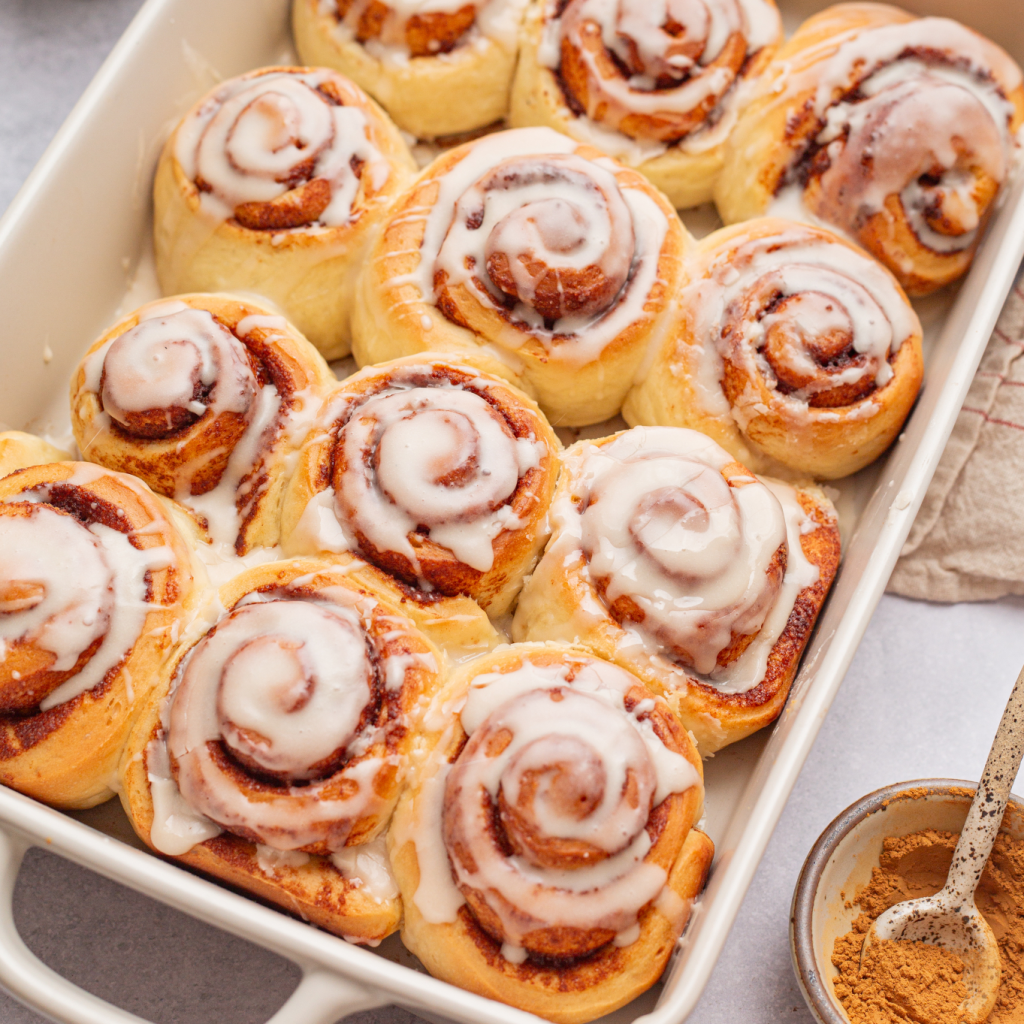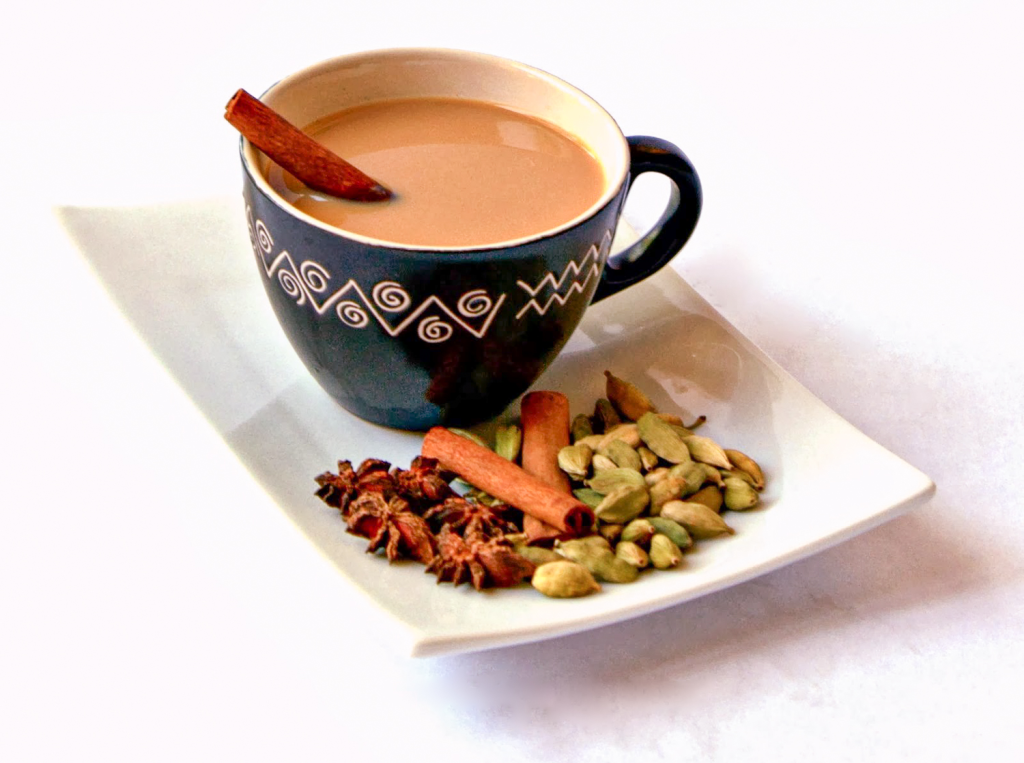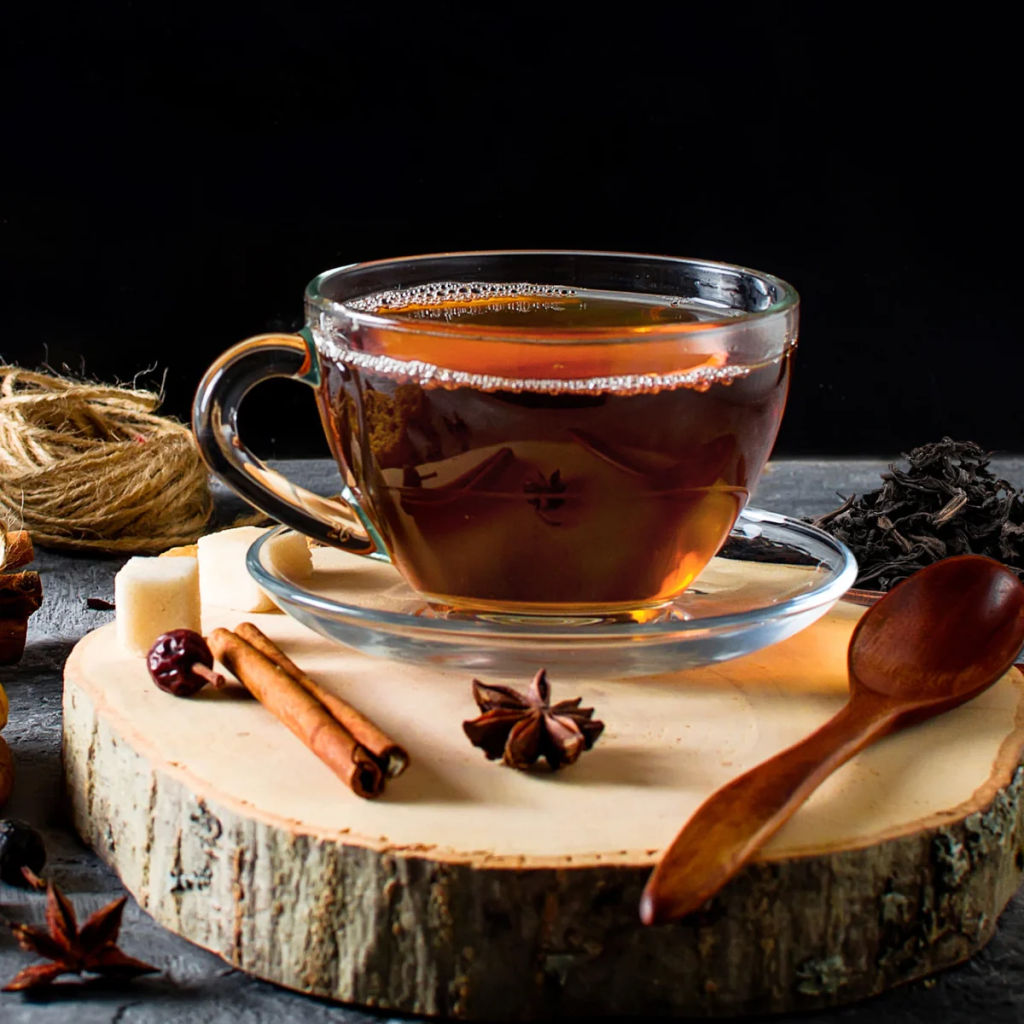Cinnamon, a fragrant spice derived from the inner bark of trees belonging to the genus Cinnamomum, is a staple in kitchens worldwide. Known for its sweet and warm flavor, cinnamon is incredibly versatile and is used in a variety of dishes, from desserts to savory meals. This article explores the various ways to incorporate cinnamon into your cooking, enhancing the flavors and aromas of your culinary creations.
What is cinnamon?
Cinnamon is a popular and aromatic spice derived from the inner bark of trees belonging to the Cinnamomum genus. It is obtained by harvesting the inner bark of the Cinnamomum trees, which is then dried and rolled into the familiar cinnamon sticks, or ground into a fine powder.

Flavour profile of cinnamon
- Warm: Cinnamon exudes a comforting warmth that lingers on the palate, evoking a sense of cosiness and comfort.
- Sweet: Its sweet taste is pleasant and not overly sugary, adding a delightful sweetness to dishes without being cloying.
- Aromatic: Cinnamon’s captivating aroma is rich and alluring, infusing dishes with a delightful fragrance.
- Spicy (with a hint of heat): Cinnamon carries a gentle spiciness that provides a subtle kick to the taste buds, adding depth and excitement to the overall flavour.
- Woody: A subtle woody note enhances the complexity of cinnamon, evoking a connection to the natural world.
The interplay of its diverse flavours allows cinnamon to harmonise and elevate the taste profile of dishes, creating a well-rounded culinary experience. Cinnamon’s unique and complex flavour characteristics have made it a cherished spice for centuries, enriching a wide array of culinary creations worldwide.
Types of cinnamon and their origins
There are two main types of cinnamon commonly used: Ceylon cinnamon and Cassia cinnamon. Ceylon cinnamon, also known as “true cinnamon,” is milder and sweeter in taste, primarily originating from Sri Lanka. Cassia cinnamon, on the other hand, is more readily available in supermarkets and has a stronger, spicier flavour, hailing from China and Indonesia.
Cinnamon has been treasured for centuries for its delightful taste and versatile applications in various cuisines around the world. It is a common ingredient in sweet dishes like pastries, cakes, and desserts, as well as in savoury dishes, including curries and stews. Additionally, it is often used to enhance the flavour of beverages like teas, hot chocolate, and coffee.

Whole or ground?
Stick cinnamon, also known as cinnamon quills or cinnamon sticks, consists of rolled-up pieces of the bark of the cinnamon tree. It is often used in recipes that require a longer cooking time, like stews, soups, and mulled beverages. The sticks release their flavour slowly during cooking and can be easily removed before serving.
Ground cinnamon, on the other hand, is made from grinding the cinnamon sticks into a fine powder. It is more convenient and suitable for recipes that don’t involve prolonged cooking or when you want the cinnamon flavour to disperse quickly, such as in baking, smoothies, oatmeal, and sprinkling on top of dishes.
Both forms of cinnamon have a similar taste and aroma, so the choice mainly comes down to how you plan to use it and personal preference. Some people prefer the control and aesthetic appeal of using cinnamon sticks, while others opt for the ease and convenience of ground cinnamon.
1. Ground Cinnamon
- Uses: Perfect for baking, spice blends, and as a seasoning for dishes.
- Common Dishes: Cakes, cookies, muffins, oatmeal, and spice rubs.
2. Cinnamon Sticks
- Uses: Ideal for infusing liquids, such as teas, mulled wine, and stews.
- Common Dishes: Beverages, soups, stews, and rice dishes.
3. Cinnamon Oil
- Uses: Used in small quantities to add a concentrated cinnamon flavor.
- Common Dishes: Baked goods, candies, and savory dishes.

Common dishes showcasing cinnamon
Sweet Applications
Cinnamon is widely celebrated for its ability to enhance the sweetness and flavor of various desserts and sweet dishes.
1. Baked Goods
Cinnamon is a key ingredient in many baked goods, providing a warm and comforting flavor.
- Examples: Cinnamon rolls, apple pie, snickerdoodle cookies, and cinnamon bread.

2. Breakfast Dishes
Incorporating cinnamon into breakfast dishes can elevate their flavor and aroma.

- Examples: Cinnamon-spiced pancakes, French toast, oatmeal, and granola.
3. Desserts
Cinnamon pairs wonderfully with fruits and is often used in desserts to add depth and sweetness.

Examples: Poached pears with cinnamon, cinnamon ice cream, churros, and rice pudding.
Savory Applications
While commonly associated with sweet dishes, cinnamon also adds a unique flavor to a variety of savory meals.
1. Meat Dishes
Cinnamon can enhance the flavor of meat dishes, providing a subtle sweetness and warmth.

- Examples: Moroccan lamb tagine, beef stew, and chicken curry.
2. Rice and Grain Dishes
Adding cinnamon to rice and grain dishes can impart a fragrant and aromatic quality.

- Examples: Cinnamon rice pilaf, quinoa salad with cinnamon, and spiced couscous.
3. Soups and Stews
Cinnamon sticks are often used to infuse soups and stews with a warm, aromatic flavor.

- Examples: Pumpkin soup with cinnamon, lentil stew, and beef chili.
Beverages
Cinnamon is a popular addition to many beverages, both hot and cold.
1. Hot Beverages
Cinnamon can be used to spice up hot drinks, making them more comforting and flavorful.

- Examples: Cinnamon tea, hot chocolate, spiced cider, and mulled wine.
2. Cold Beverages
Adding cinnamon to cold drinks can provide a refreshing and aromatic twist.

- Examples: Cinnamon iced coffee, cinnamon-spiced smoothies, and chilled apple cider.
Storage & shelf life
To ensure the freshness and longevity of your spices, proper storage is essential. Here are some guidelines on how to store cinnamon effectively:
- Choose an airtight container: Transfer the cinnamon into an airtight container to protect it from moisture, light and air exposure. A glass jar with a tight-fitting lid or a sealed plastic container works well for this purpose.
- Keep it in a cool, dark place: Store the container of cinnamon in a cool and dark area, such as a pantry or cupboard. Excessive heat and light can degrade the flavour and potency of the spice.
- Check for freshness: Over time, the flavour of cinnamon may diminish. It is a good practice to periodically check the spice for any signs of deterioration, such as loss of aroma or a faded appearance. If the cinnamon has gone stale or lacks flavour, it’s best to replace it with a fresh batch.
By following these storage tips, you can prolong the shelf life of your cinnamon spice for about 1 to 2 years for a whole stick. Ground cinnamon, on the other hand, has a shorter shelf life and is best used within 6 to 12 months for optimal flavour.
Cinnamon is an incredibly versatile spice that can enhance the flavor and aroma of a wide range of dishes, from sweet to savory. Its unique ability to add warmth and depth makes it a valuable ingredient in any kitchen. Whether you are baking, cooking, or preparing beverages, incorporating cinnamon into your recipes can elevate your culinary creations and offer various health benefits. Embrace the versatility of cinnamon and explore the endless possibilities it brings to your cooking.


